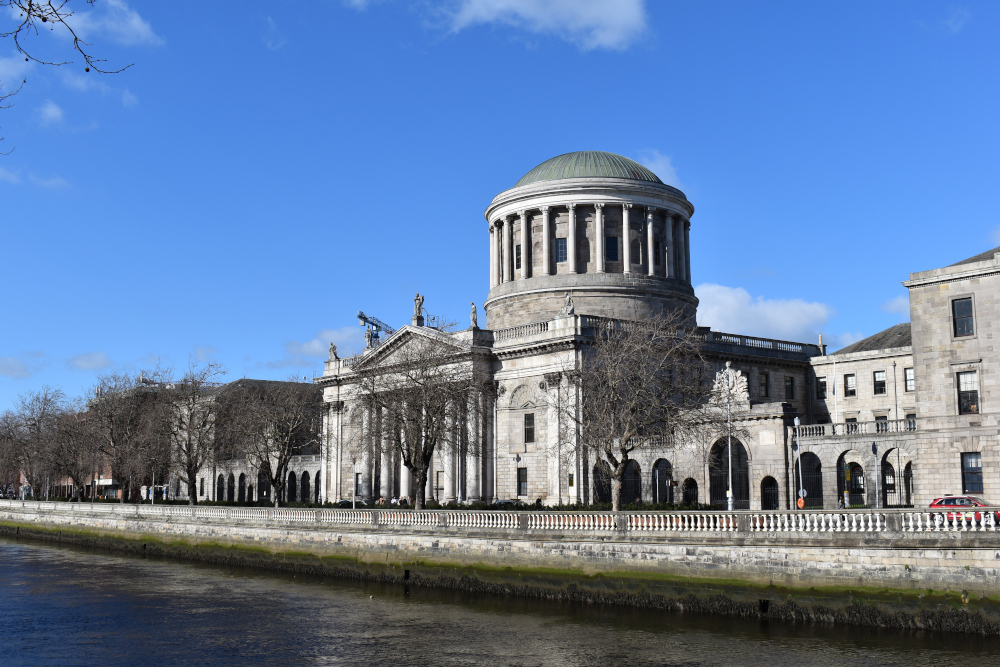High Court: Negligence action against solicitor in respect of ‘malicious falsehood’ claim fails

The High Court has dismissed a cattle dealer’s action alleging negligence and breach of contract against his former solicitor in relation to the handling of failed 2015 proceedings.

About this case:
- Citation:[2025] IEHC 121
- Judgment:
- Court:High Court
- Judge:Mr Justice Alexander Owens
Delivering judgment for the High Court, Mr Justice Alexander Owens determined that “Finbar Tolan has not proved to me that he could have made a plausible case to the President that his business failed because Castlerea Mart and Tuam Mart withdrew his mart credit or because he could not get credit terms from other marts as a result of the alleged malicious falsehood”.
Background
The plaintiff was a cattle dealer who claimed that Connacht Gold Co-operative Society Limited inter alia reneged on an agreement to give him two weeks’ credit to buy cows and refused to allow him to bid for cows on credit at Balla Mart on 11 August 2012, causing him to lose his contract with Dawn Meats and causing his business to collapse.
The plaintiff brought an action in the High Court against Connacht Gold, which was dismissed in 2015. The president of the High Court found that the plaintiff had no right to insist that Connacht Gold allow him to buy cows on credit.
The plaintiff then sued his former solicitors claiming breach of contract and negligence, alleging that they failed to follow up on counsel’s suggestion to amend his pleadings to include a claim for malicious falsehood, in light of a statement alleged to have been made by a mart manager on 11 August 2012 implying that the plaintiff’s business was insolvent and that he could not or would not honour his obligations to Connacht Gold.
The High Court
Mr Justice Owens explained that the tort of malicious falsehood is set out in s.42 of the Defamation Act 2009, and requires that a plaintiff must prove that the defendant maliciously made a false statement to others about their property, trade or business and that the plaintiff suffered special damage or that the statement was both calculated and likely to cause financial loss in respect of their property, trade or business.
Noting that there was a degree of crossover between malicious falsehood and defamation, the judge highlighted that the former does not protect reputation “but is concerned with statements which injure property and business interests” and that “malice must be proved as an ingredient of the cause of action”.
Having examined the transcripts of the 2015 hearing and the findings of the president, the court found that the plaintiff’s action could not succeed.
Firstly, Mr Justice Owens considered that the evidence established even if malicious falsehood had been advanced before the High Court, that claim would have been doomed to fail as on 11 August 2012, the plaintiff had stopped a cheque for €18,700 due to Connacht Gold for cows bought on credit, advising in a text to the mart manager that he was refusing to pay as Connacht Gold would not allow him to buy cows on credit.
In this regard, the judge pointed out that “two wrongs do not make a right” and that the plaintiff was not entitled to withhold payment of his monies due “in retaliation” for the decision by Connacht Gold not to allow him to buy cows on credit.
Accordingly, any imputation from the mart manager’s words to the effect that the plaintiff refused or was unable to pay Connacht Gold the money owed by him, was true and was not a “falsehood”.
The court also accepted that the plaintiff’s former solicitor was specifically instructed by him not to introduce such a claim, in circumstances where he was unwilling to adjourn his trial to allow the amendment of his pleadings. When the hearing date was vacated upon the application of Connacht Gold, the issue of malicious falsehood was not revisited.
Contrary to the plaintiff’s contention that he was a “vulnerable client”, Mr Justice Owens found that the plaintiff was “headstrong and demanding; in full control of his litigation” and that he knew of the possibility that he could introduce a claim based on malicious falsehood but allowed it to “wither on the vine”.
Turning to the third reason why the plaintiff’s action could not succeed, the judge found that it was not enough for him to point to evidence establishing one element of malicious falsehood, such as that a statement was made knowing that it was likely to damage his business.
In this regard, Mr Justice Owens stressed that the plaintiff was required to “demonstrate that there was a real prospect of establishing that the statement complained of was both false and malicious” and that the plaintiff bore the onus of proving that his business was not insolvent on 11 August 2012.
The judge opined that the plaintiff’s evidence “fell well short of establishing this” and added: “The very limited material which I was left to work off tended to show the opposite.”
The High Court further recognised that the plaintiff failed to establish any reasonable prospect of proving that the alleged statement was malicious: “The law did not oblige the mart manager to make excuses for absence of a dealer who refused to pay Connacht Gold what he owed them in answer to farmers who expected him to bid for their cows and enquired about his whereabouts.”
Mr Justice Owens was not satisfied that the plaintiff could demonstrate a reasonable prospect that he could prove damage to his business as a result of the alleged falsehood, noting that the plaintiff’s business model was “vulnerable”, that it was “inevitable that, sooner or later, Connacht Gold, Castlerea and Tuam Marts would notice that they had allowed Finbar Tolan far too much credit and attempt to reduce their exposure” and that no evidence had been tendered which sufficiently demonstrated that the plaintiff “was in fact balance sheet solvent, or able to pay his debts as they fell due or trading profitably in mid-2012”.
Conclusion
Accordingly, the High Court dismissed the plaintiff’s claim.
Finbar Tolan v. Brady & Anor [2025] IEHC 121










